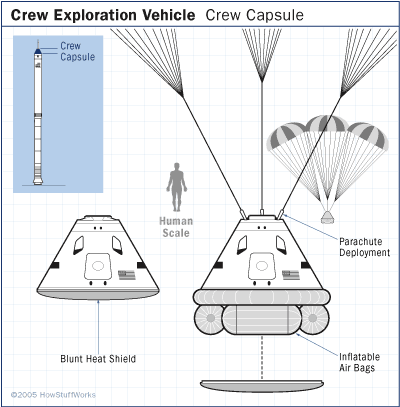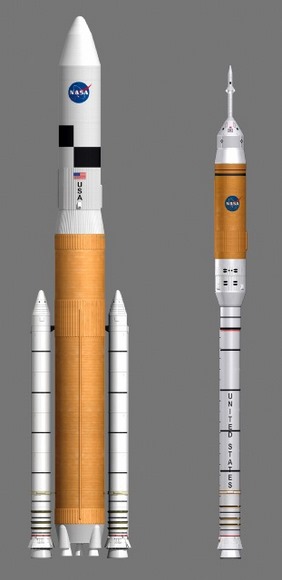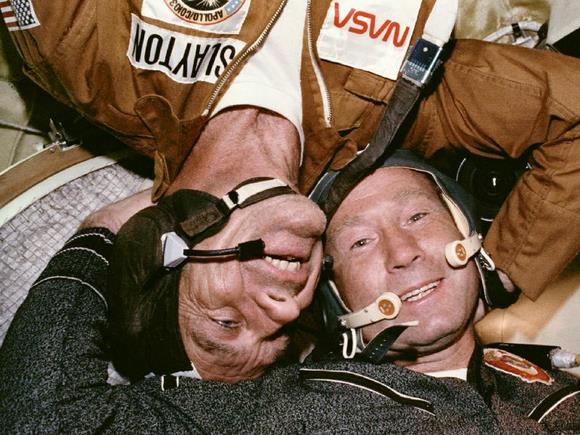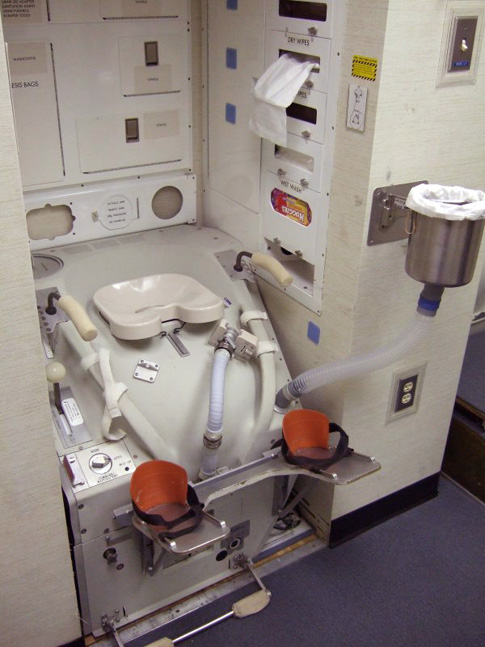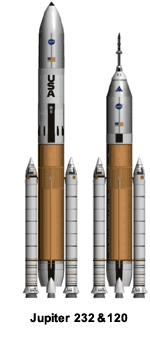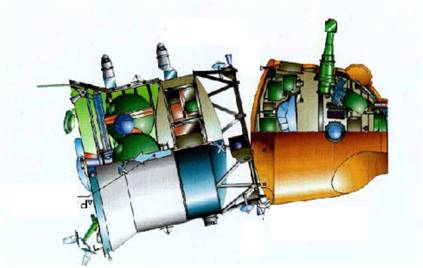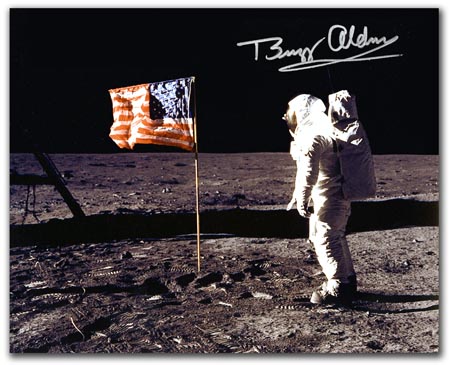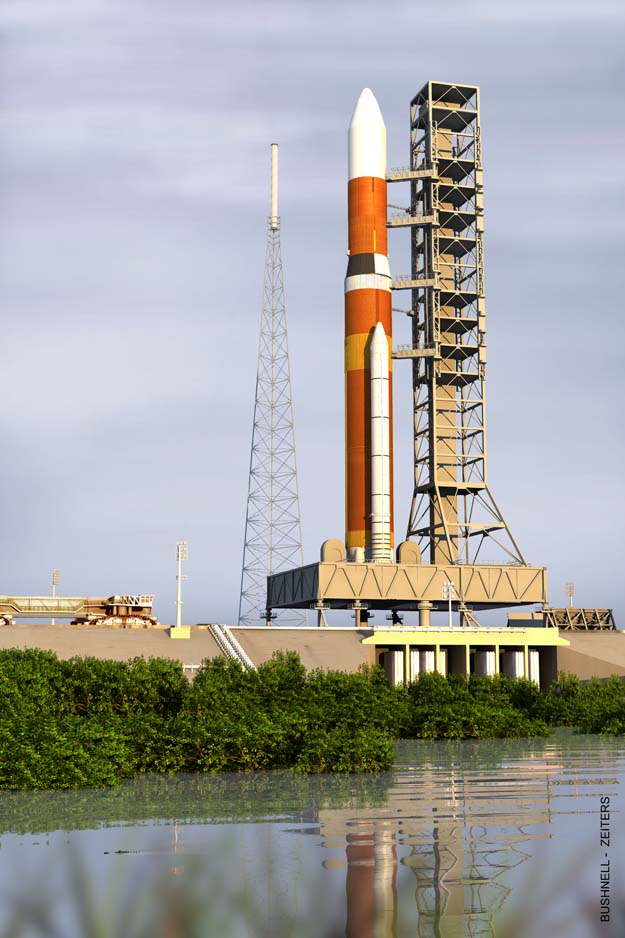[/caption]
NASA is debating whether the new Orion capsule should land in the water, like Apollo, or on land, similar to how the Russian Soyuz capsule returns to Earth. To help them determine the potential for human injuries with each possible landing scenario, NASA has used human cadavers during their tests. At first, this revelation may seem quite morbid or even gruesome. But as Keith Cowing said in his expose article on Space Ref and NASA Watch on this subject, “Given the potentially hazardous nature of the tests required, cadavers must be used in the place of living persons.” Sometimes, crash-test dummies or computer simulations don’t provide the crucial information needed, such as the forces on the spinal cord or internal organs. If NASA doesn’t have that information, they can’t get accurate test results. Living test subjects could possibly be killed during the landing tests. Imagine the headlines if that happened. So they have used cadavers. The cadavers NASA used were donated to science to be used for exactly this type of purpose, and NASA, of course, went through the proper channels to obtain the cadavers and treats them in an ethical manner. So while this may seem a little grisly, NASA is doing the right thing.
Marc Carreau from the Houston Chronicle also wrote an article on this subject, and he interviewed David Steitz, a spokesman for NASA’s medical division. “It’s a socially awkward topic,” Steitz said. “The bodies are all carefully handled through all of the tests. We follow ethical medical procedures with these bodies that have been donated for science.”
Three human bodies were used during testing last year, said NASA seat engineer Dustin Gohmert, to help determine the potential for serious human injury during descent and landing. “The interface between the spacesuit and the seats is relatively complex, much more so than in an automobile, even one from the racing industry,” Gohmert said. “The (forces) we anticipate have never been studied before. We are using this research to help define and refine the suits and the seats.”
Tests using human bodies has been done for previous spacecraft, as well.
Cowing received this statement from NASA on the use of cadavers:
“In limited cases, postmortem human subject tests may be performed when insufficient data are available from simulations that use dummies or from mathematical modeling of the human body responses. This is particularly critical where the dynamic responses of internal organs and soft tissue must be evaluated. Using a combination of test methods, the engineering and scientific teams at NASA are able to enhance astronaut safety by designing landing attenuation systems that will minimize accelerations imparted to the crew and significantly reduce the potential for injuries.”
Personally, I could imagine donating my body for this type of research. Even if I never get to fly to space when I’m alive, I’d be proud to help the rest of the human race get there and return safely by giving my body for tests such as this.
News Sources: NASA Watch, Space Ref, Houston Chronicle

